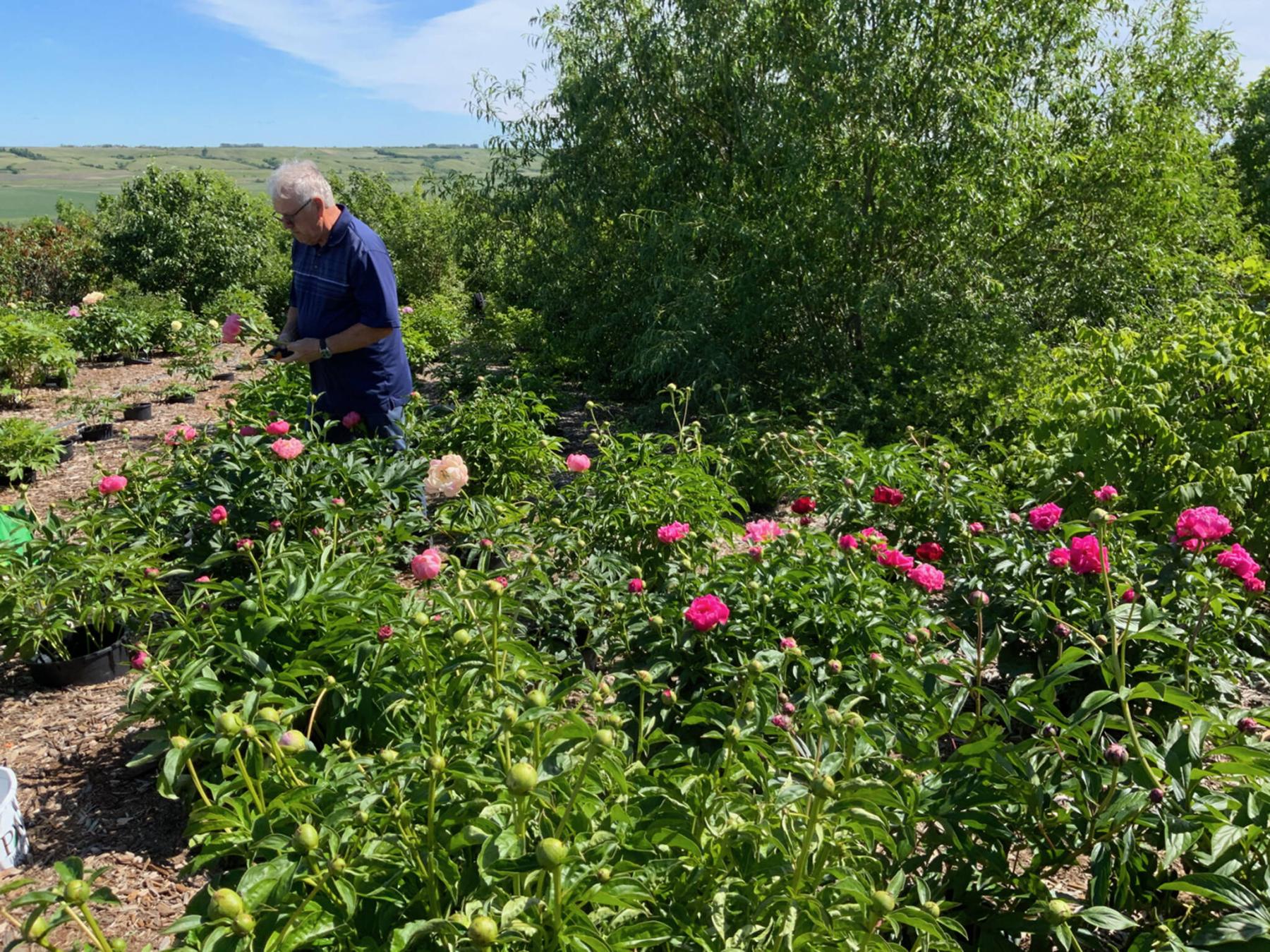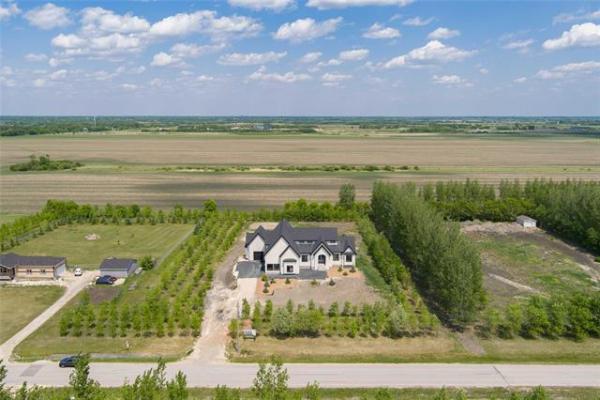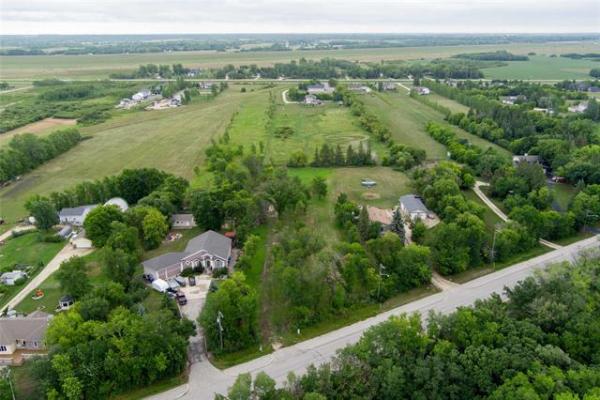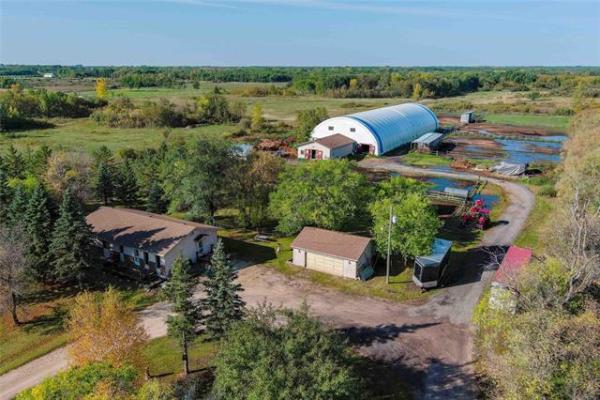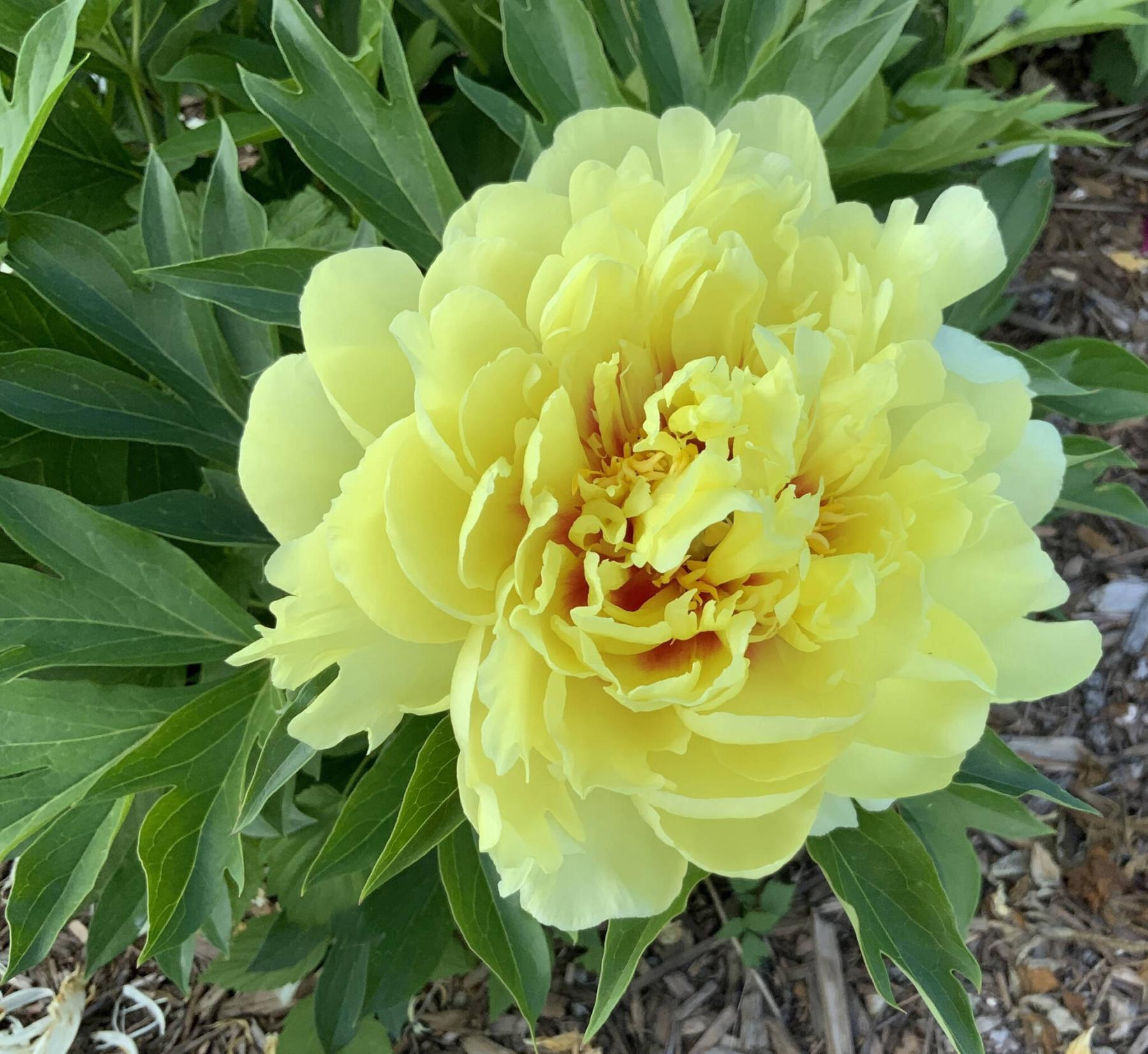
The Itoh peony costs a bit more but produces an abundance of blooms and is drought tolerant. Shown: Bartzella.
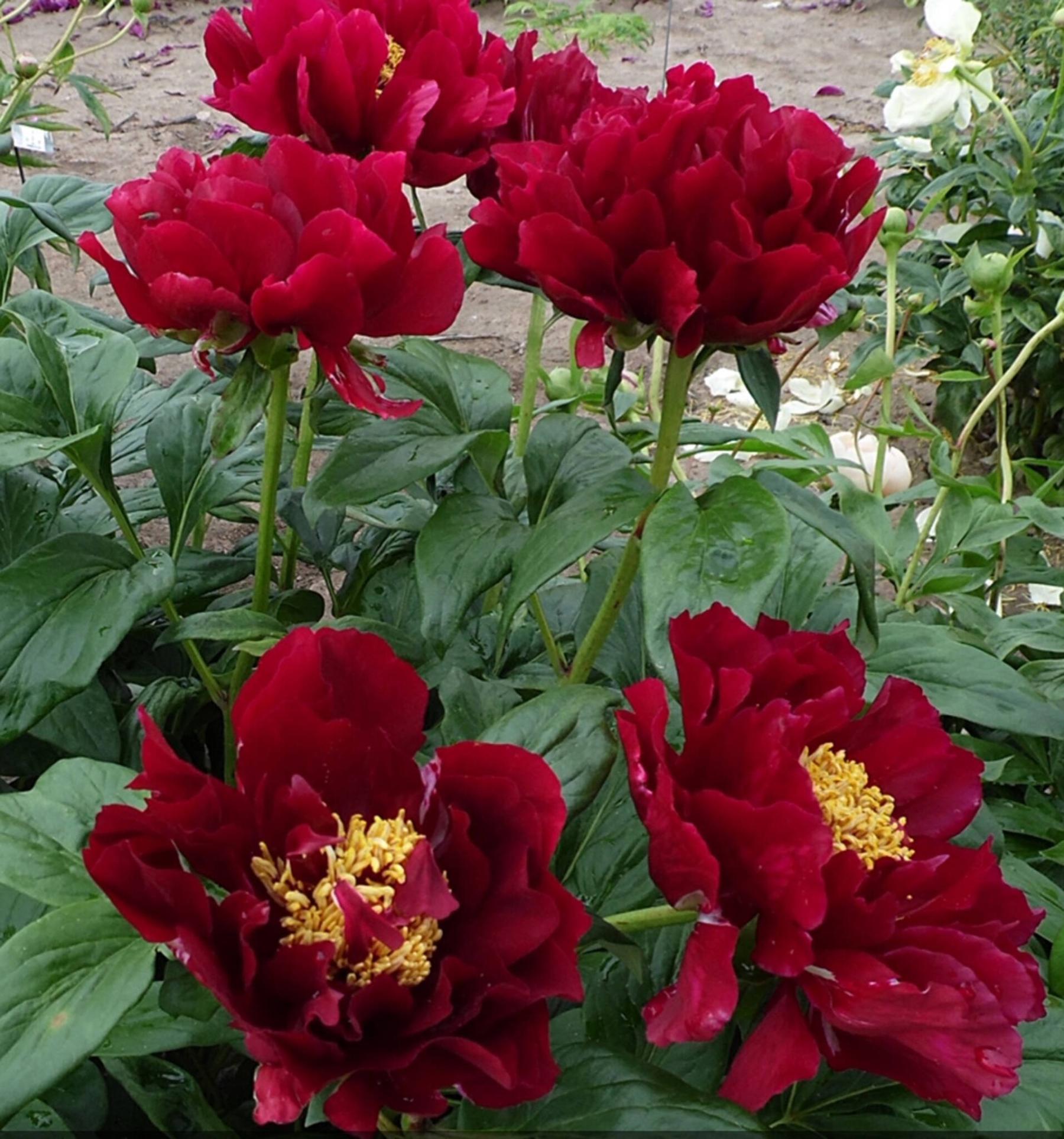
A handsome example of modern breeding, Red Rock Canyon is a floriferous semi-double herbaceous hybrid peony.
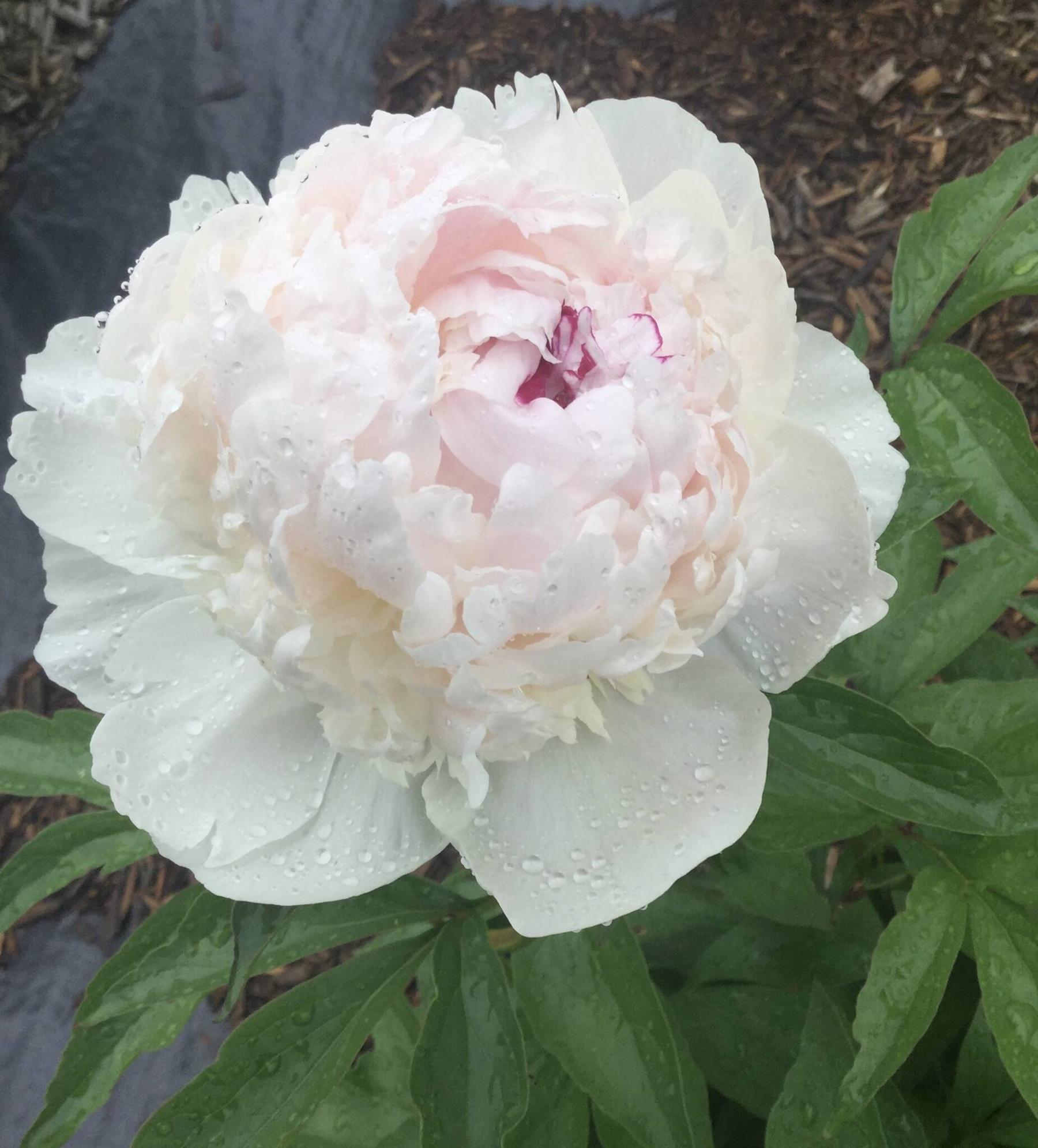
Madame de Verneville is a fragrant lactiflora peony bred in 1885 in France.
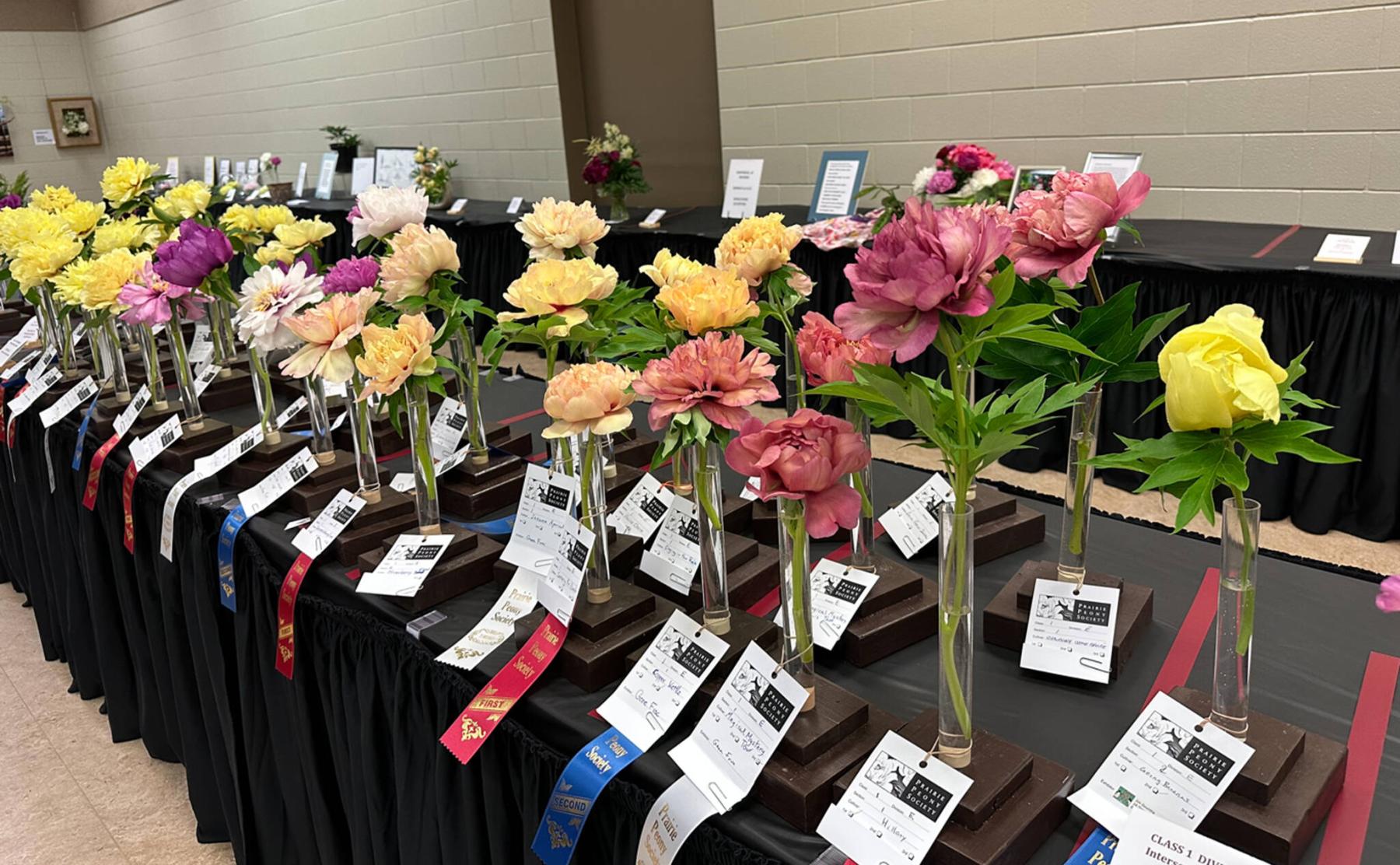
The Prairie Peony Society presents its 25th Anniversary show, Passion for Peonies, on June 22 and 23.
With their bodacious beauty and sweet fragrance, peonies are iconic garden plants that have withstood the test of time. Peonies have been cultivated for more than 2000 years and their value continues to resonate. Few other garden plants are as long-lived as the peony or put on such a show stopping display of blooms.
A lot has been written about the pandemic gardening boom and the peony is one of the plants that has found a whole new audience. “People wanted something different and new, not realizing that peonies have been around for a long time,” says Myra Froc, president of the Prairie Peony Society. “Suppliers have been telling me that demand for peonies really picked up during the pandemic and hasn’t slowed down.”
Froc’s own passion for peonies is palpable. She and her husband Gene grow more than 700 peonies on their property in the Qu’Appelle Valley north of Regina. Froc is eager for the first blooms to open but is also busy juggling preparations for the Prairie Peony Society’s 25th anniversary celebration, Passion for Peonies, which will take place in Regina on June 22nd and 23rd at the Cathedral Community Centre. The show is expected to attract peony aficionados from across Canada.
Froc was once asked how she would characterize a peony if it was a person. “If peonies were people, they would say that they like to be the centre of attention,” says Froc. “Peonies will be as faithful and loyal to you as any plant in your garden. In fact, they will outlive you. All you have to do is look at the old, abandoned farmyards across the prairies that have fallen into rack and ruin but there are peonies still standing. How is that possible? No one is looking after them. Not only are peonies so attractive to look at but they also have this immense will to survive.”
In Saskatchewan where Froc lives, there has been a consistent drought for the last three years. But peonies, once established, are drought tolerant. “Peonies send out deep roots. I think this is one of their survival tactics.” When Froc decided to divide one of her herbaceous peonies for some friends, she discovered that the dryness in the soil extended about 60 cm downwards, but the peony roots extended even further in search of moisture. “The peony has survival mechanisms that we don’t fully understand.”
Intersectional or Itoh peonies are a cross between herbaceous peonies and tree peonies. Froc says that Itoh peonies also send out deep roots and because they have a fatter root, they can store more water. “Itoh peonies have a number of qualities that are really endearing them to prairie gardeners,” says Froc. “In the fall, Itoh peonies die back to the ground just like an herbaceous peony does. They love dry heat and the number of flowers they produce is just extraordinary – up to 100 blossoms.” There is a wide price range for Itoh peonies but varieties such as Bartzella or Cora Louise sell for around $50.00.
Many gardeners ask why their peonies aren’t blooming. “That’s the number one question,” says Froc. “Peonies should be planted in a location that receives six to eight hours of sunshine daily,” says Froc. “Peonies don’t like soggy environments – they will sulk and not produce flowers. They must be planted at the right depth in well-drained soil. It’s important to not plant herbaceous peonies too deep. Also, peonies don’t like to be crowded. They are big space plants, and they have big nutrition needs. These are all things that ensure that your peonies are happy.”
The second and third most common questions are about how deep to plant peonies and when to plant peonies.
The crowns of herbaceous peonies should be planted 3.81 cm below the soil surface. Itoh peonies can be planted deeper at 10.16 cm.
“Most definitely it is better to plant fresh peony roots in fall,” says Froc. “In fall when soil temperatures are cool, peonies develop the fine fibrous feeder roots that are needed to take in moisture and nutrients. But if you are buying potted peonies in spring, choose plants that come in a big enough container and look healthy. Check to see if the plant is root bound – I would avoid root bound peonies,” she says. “The best thing is to add mycorrhizae to your soil and that should help your potted peony along.”
Froc is keeping a close eye these days on some of her older peonies. “We have been getting a lot of rain lately,” she says. Excess moisture can be a problem for older peonies that are prone to botrytis, a fungal disease. Signs and symptoms of botrytis include leaf spots, wilting shoots, blackened buds, and the presence of gray mold. For older peonies that are vulnerable to botrytis, Froc sprays early shoot growth and the surrounding soil with a copper sulfate spray.
Is it necessary to cut herbaceous peonies down in the fall after a hard frost? “Most definitely,” says Froc. “Cut back herbaceous peonies before winter and get rid of all the plant material. It means less cleanup in the spring but also, it helps to prevent disease and pest problems. There are about 12 different fungal diseases with the potential to come into our prairie region from south of the border because of the warming climate.”
What is the best way to support peonies that tend to flop? “The peony support I like best is the half round plant support with a stake,” says Froc. “Place a half ring on one side of your peony and another half ring on the other side.”
Peonies bloom only once a year. Lactiflora peonies bloom for 10 days, possibly two weeks, but sometimes only for a week. “If you want that beauty continually from the first week in June to the 1st or 2nd week of July,” says Froc, “the trick is to grow peonies that have different bloom periods.”
Froc grows herbaceous lactiflora peonies and hybrids along with woody or tree peonies and Itoh (intersectional) peonies. She selects early, midseason, and late season cultivars.
Froc has too many favourite varieties to list but she and her husband Gene are fond of very old French peonies which are well known for their pleasant fragrance. Madame de Verneville was bred in France in 1885 by Felix Crousse. The large double blossoms are white with carmine pink flecks. Edulis Superba and Festiva Maxima also date back to the 1800s and are classic, reliable bloomers. “Festiva Maxima is also one of the most fragrant peonies,” says Froc.
Red Rock Canyon, an herbaceous hybrid, is a handsome example of modern breeding. “It is a floriferous semi-double peony with bright red flowers with golden stamens,” says Froc.
Stunning peony blooms will be on full display when the Prairie Peony Society hosts Passion for Peonies on June 22nd and 23rd in Regina. You are invited!
colleenizacharias@gmail.com
For advice, ideas and tips to keep your outdoor and indoor plants growing, sign up to receive Winnipeg Gardener, a free monthly digital newsletter Colleen Zacharias writes for the Free Press at winnipegfreepress.com/newsletter/winnipeg-gardener

